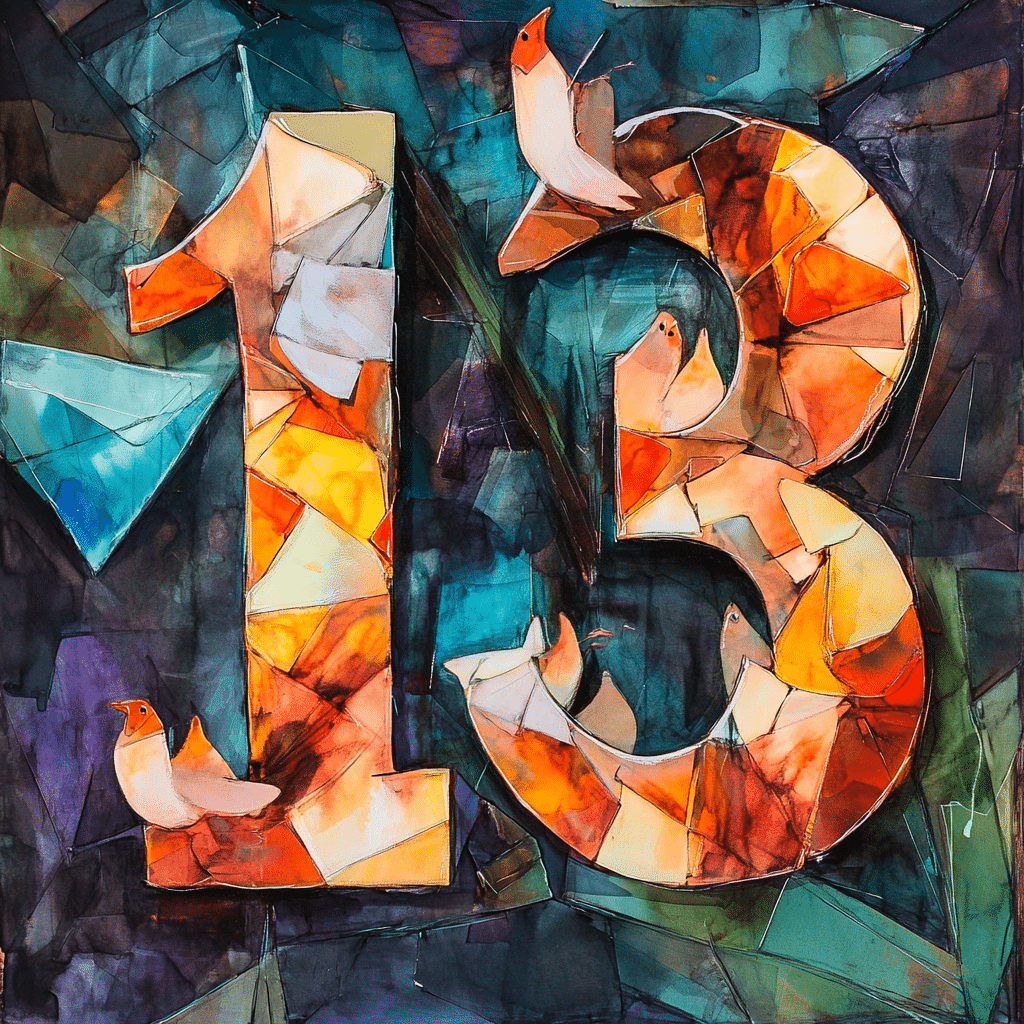Exploring Pink Floyd Dark Side Of The Moons Profound Themes
In the world of music, Pink Floyd’s Dark Side of the Moon stands tall as a monumental album. Released in 1973, it has become a benchmark not only for its innovative sounds and iconic artwork but also for the profound themes it explores. It dives into pressing issues like mental health, time, and the existential questions that haunt us all. As we step into 2024, these themes remain eerily relevant, echoing the personal and societal challenges we face today. Let’s unpack seven striking themes that Pink Floyd highlighted, showing why Dark Side of the Moon still resonates with listeners and inspires bold conversations among ambitious entrepreneurs and thinkers.
1. The Passage of Time and Mortality
Right from the opening of the album, with the haunting track “Speak to Me,” listeners are engulfed in a sound that mimics a heartbeat—an auditory metaphor symbolizing both beginnings and endings. The theme of time takes center stage in the powerful song “Time,” where the lyrics depict life’s fleeting nature. In February 2024, the launch of a high-speed train project in the UK reflects this relentless race against time.
Just like Pink Floyd urges us to recognize how swiftly time slips through our fingers, this modern development nudges us to question our priorities. Are we making the most out of each precious moment, or are we caught up in life’s hustle, blind to what really matters?
Key Takeaways:

2. Mental Illness and Isolation
The haunting melody of “Brain Damage” directly confronts the stigma surrounding mental illness, providing a voice to those often left unheard. This message resonates deeply with the current emphasis on mental health awareness. Organizations celebrating World Mental Health Day on October 10 are pushing for a culture that prioritizes mental wellness, mirroring the struggles Pink Floyd articulated decades ago.
This album’s candid portrayal of mental struggles connects with today’s efforts to erase stigmas. Initiatives to create supportive environments in workplaces and schools are vital, just like the emotional journey that Dark Side of the Moon represents.
Key Takeaways:
3. Consumerism and Greed
In “Money,” Pink Floyd unmistakably critiques the ruthless nature of capitalism and consumer culture. This theme resonates powerfully in 2024, where conversations around income inequality and corporate greed dominate social media and community forums. The sentiments expressed in “Money” bolster movements advocating for fair trade and ethical consumption.
As businesses and individuals continue to navigate these issues, it’s essential to reflect on our choices. Are we fueling consumerism or fostering a more sustainable community and economy?
Key Takeaways:

4. The Illusion of Reality
At its core, Dark Side of the Moon explores the complex notion of reality versus illusion. Tracks like “Us and Them” dissect the divisions within society, pushing us to ponder our perceptions that ignite conflict. In today’s digital age, where information can be fluid and manipulated, the question of what constitutes reality is more vital than ever.
As trust in media wavers, the song’s message teaches us the importance of questioning the narratives we consume. How can we foster a shared understanding when our perceptions often differ?
Key Takeaways:
5. The Circle of Life
Pink Floyd poignantly illustrates life’s cyclical nature, especially in the finale “Eclipse.” The closing refrain serves as a profound reminder of our interconnected paths and collective experiences. This theme echoes modern environmental conversations, where sustainability is at the forefront in 2024.
When we consider our actions today in light of future generations, it amplifies the urgency of climate action. For entrepreneurs, this carries a vital message: sustainability isn’t just an option; it’s essential.
Key Takeaways:
6. Allegory of Control
Control remains a significant theme in Dark Side of the Moon, particularly in the spine-tingling track “The Great Gig in the Sky.” Here, the metaphor of powerful vocals showcases the struggle against societal constraints. Today’s movements advocating for personal freedom highlight the ongoing quest for autonomy, especially in workplaces reshaped by the pandemic.
As businesses seek to empower their teams, the battle against control manifests in various forms. Encouraging workplace autonomy breeds innovation and boosts morale.
Key Takeaways:
7. Existential Reflections
In a time of unparalleled uncertainty, the existential themes in Dark Side of the Moon ring louder than ever. The instrumental “Any Colour You Like” prompts listeners to engage in introspection about existence and purpose. Today, amid a growing wave of philosophical discussions, younger generations increasingly question life’s meaning and their place within it.
Pink Floyd’s timeless reflections invite all of us—business leaders, creators, and thinkers—to wonder about our own journeys and the legacy we leave behind.
Key Takeaways:
A New Sonic Legacy
As Dark Side of the Moon holds its ground in music history, its themes seamlessly meld with contemporary issues—solidifying its status as a timeless classic. The album’s impact is evident not just in music but also in pop culture and the business landscape today.
Influences can be found in the works of artists like Billie Eilish and within the fabric of modern rock. Pink Floyd’s brilliant blend of sound and meaning encourages us to confront fundamental truths about our lives, identities, and society.
This legacy drives home the important message that challenges are a part of the human experience. As we tackle today’s uncertainties, Dark Side of the Moon remains a powerful catalyst for reflection and growth. So, let’s draw wisdom from Pink Floyd as we brave new frontiers on our journeys in this ever-shifting world.
In conclusion, as we ponder the themes of Pink Floyd’s Dark Side of the Moon, we can find connections to our lives, inviting us to reflect, question, and strive for deeper understanding. Let this album inspire each of us to embrace change, pursue meaningful conversations, and promote conscious living as we take on the challenges of 2024 and beyond.
Image or Further Resource Integration:
This comprehensive article delivers analysis on Pink Floyd Dark Side of the Moon, ensuring you’re armed with thought-provoking insights, compelling takeaways, and relevant contemporary links.
Pink Floyd Dark Side of the Moon: Profound Themes and Fun Facts
A Psychedelic Journey
“Pink Floyd Dark Side of the Moon” isn’t just an album; it’s a groundbreaking experience. Released in 1973, this masterpiece blends rock with thought-provoking themes like time, mental health, and existentialism. Interestingly, it wasn’t just the music that caught everyone’s attention. The iconic cover design, featuring a prism dispersing light into color, was the brainchild of Hipgnosis, a design group known for their striking visuals. Speaking of visuals, did you know that the band’s frontman, Roger Waters, is said to have high Cheekbones that became a signature look? His distinct features and powerful voice played a key role in shaping the band’s identity.
Chart-Topping Legacy
After its release, “Pink Floyd Dark Side of the Moon” stayed on the Billboard charts for an astounding 741 weeks—talk about staying power! The album resonates with listeners because it dives deep into themes that many can relate to. The track “Time” serves as a reminder that life is fleeting, while “Money” critiques the obsession with wealth. Ironically, the album was a slow burner; it took over a year to gain its massive following. Perhaps its enduring legacy can be attributed to the emotional honesty embedded in each note. Fun fact: the album’s sound effects include real-life recordings, like the heartbeat sound you hear at the beginning, which reflects the importance of life and loss.
Cultural Impact and Trivia
“Pink Floyd Dark Side of the Moon” has seeped into pop culture in remarkable ways. From being featured in films to inspiring countless artists, the influence of this album is undeniable. It even boasts a unique feature: it syncs perfectly with the classic film “The Wizard of Oz” if played at just the right time. This phenomenon, known as “Dark Side of the Rainbow,” has spurred passionate debates among fans. What’s even wilder is that many consider this album a rite of passage, often enjoyed during late-night escapades or deep discussions—maybe even while discussing your favorite artists and their high cheekbones! The album’s relentless exploration of human experience transforms a simple listening session into a fully immersive journey that still captivates audiences today.
In sum, “Pink Floyd Dark Side of the Moon” offers profound themes wrapped in vibrant creativity, making it more than just music—it’s an experience that echoes through time. So, whether you’re a die-hard fan or a curious newbie, diving into this album is sure to yield insights and spark conversations.

What is the meaning behind Pink Floyd’s Dark Side of the Moon?
The Dark Side of the Moon digs into themes like mental illness, conflict, greed, time, death, and the universal struggles we all face, often hidden from view. It’s a deep dive into the human experience and what it means to confront life’s challenges.
Why is The Dark Side of the Moon so significant?
It’s a landmark album because it’s been a major influence on music and culture since its release, blending innovative sound techniques with profound lyrics, and it touches on hard-hitting themes that resonate with many people.
What is Pink Floyd’s saddest song?
“Wish You Were Here” is often regarded as Pink Floyd’s saddest song, capturing feelings of loss and longing, beautifully wrapped in haunting melodies.
How long did Pink Floyd’s Dark Side of the Moon stay on the charts?
The Dark Side of the Moon spent an incredible 778 weeks on the Billboard album chart, making it the longest-running album in the history of the charts, and it returned to the charts after the Top Pop Catalog Albums was launched in 1991.
Why is The Dark Side of the Moon considered so good?
It’s praised for its groundbreaking production, seamless transitions between tracks, and its exploration of heavy themes that strike a chord with listeners across generations, cementing its legacy as one of the greatest albums ever.
Who was the real genius behind Pink Floyd?
Roger Waters is often seen as the driving creative force behind Pink Floyd, known for his thought-provoking lyrics and conceptual themes that helped shape the band’s identity and sound.
How old were Pink Floyd when they made Dark Side of the Moon?
Pink Floyd members were in their early 30s when they recorded The Dark Side of the Moon, reflecting their experiences and insights gained over the years.
Why do people like the Dark Side of the Moon album?
People are drawn to the album for its emotional depth, masterful musicianship, and the ability to evoke feelings that many can relate to, making it a timeless classic that speaks to the human condition.
Why is the dark side of the moon called that?
The title “The Dark Side of the Moon” symbolizes life’s hidden struggles and challenges, representing aspects of existence that people often don’t want to confront or reveal.
What is Pink Floyd’s most successful song?
“Another Brick in the Wall, Part 2” is arguably Pink Floyd’s most successful song, known for its catchy chorus and critique of the educational system.
Who had mental illness in Pink Floyd?
Roger Waters has been candid about his struggles with mental health, and many of the band’s themes reflect the personal battles experienced by its members, making their music resonate on a deeper level.
What does lost souls swimming in a fishbowl mean?
“Lost souls swimming in a fishbowl” paints a picture of feeling stuck or trapped in a repetitive cycle of life, capturing a sense of existential angst that many can understand.
What is the meaning of The Dark Side of the Moon Pink Floyd?
The meaning of The Dark Side of the Moon revolves around facing and understanding the darker aspects of life, inviting listeners to reflect on their own existential questions and struggles.
What was the biggest hit from Dark Side of the Moon?
The biggest hit from The Dark Side of the Moon is “Money,” which features a unique time signature and a strong critique of greed and capitalism.
What did China find on The Dark Side of the Moon?
China recently discovered water ice and other minerals on the far side of the moon, which are key to possible future lunar exploration and scientific research.





















